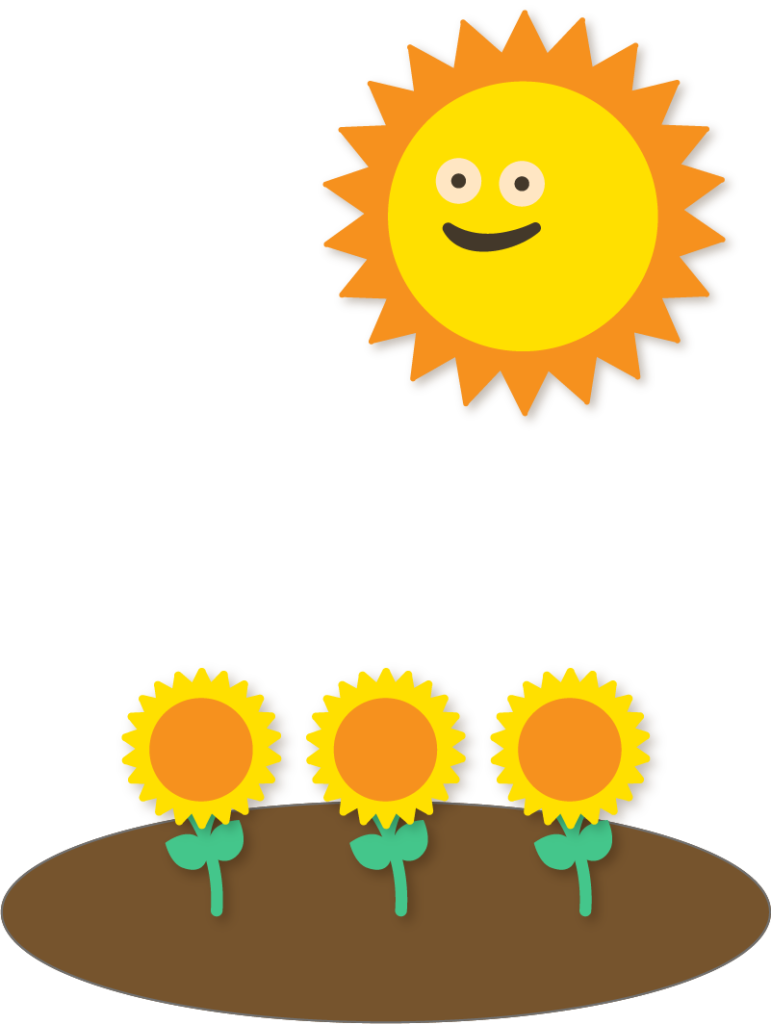When caregivers and children have fun together, they build warmth, shared positive memories, and trust in each other.
We all want to be around people who make us feel good, and we like people more when we have fun with them. Having fun together as a family does not make problems go away, but it makes it easier to want to work through problems.
Having fun together looks like:
While playtime is an ideal time to have fun together, almost any activity can become fun with the right attitude and the use of some PC-CARE skills.
